Deck & Commander Strategies
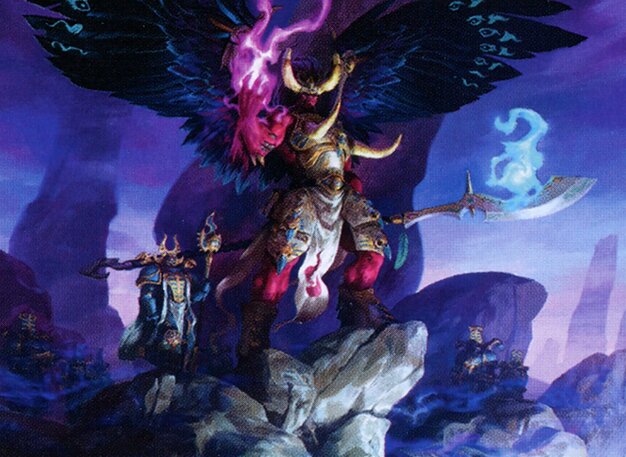
Magnus the Red
Generate large numbers of creature tokens to reduce the cost of big spells and win through repeated casting of powerful buyback spells, maintaining pressure with token swarms.
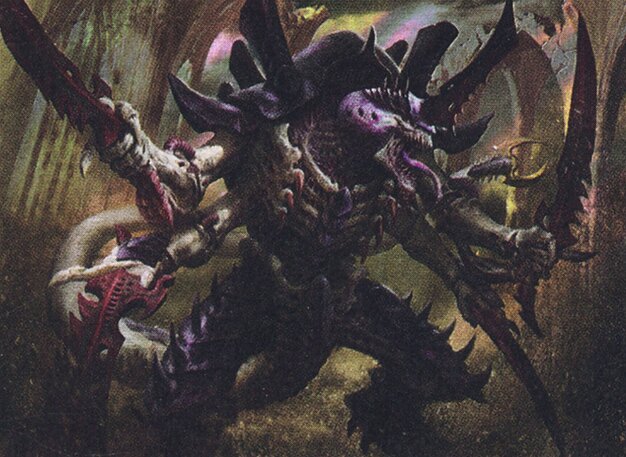
The Swarmlord
Leverage mana acceleration and sacrifice synergies, deploying creatures like Managorger Hydra and Tribute Mage to build a board presence and out-value opponents through incremental growth and token generation.
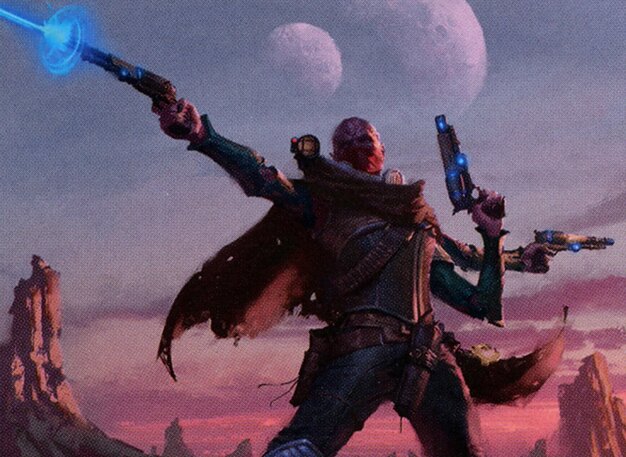
Ghyrson Starn, Kelermorph
Utilize a tribal pinger strategy with small creatures and Curiosity effects to draw cards, apply incremental damage, and control the pace of the game while fueling further card advantage.
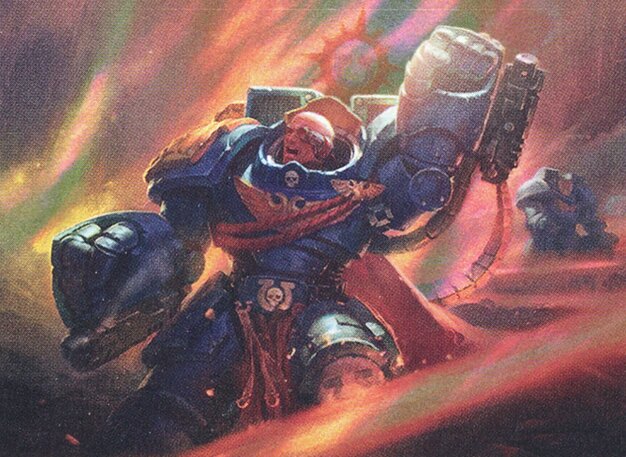
Marneus Calgar
Aim to generate infinite or large amounts of mana early, using the commander’s ability to draw through the deck and finish the game with big threats or disruptive spells like Cyclonic Rift.
Gameplay Insights
- 1
David’s decision to use Cyclonic Rift in response to an incoming attack reset the board and shifted momentum, but opponents countered the play with spells like Flusterstorm, forcing careful resource management.
- 2
Baal’s use of Isochron Scepter imprinting Cyclonic Rift allowed repeated board control, buying time against aggressive token swarms and combo attempts.
- 3
Rodrigo’s tribal pinger deck leveraged interaction-heavy plays and incremental damage to keep opponents off balance while drawing cards through Ghyrson Starn’s triggers.
- 4
The interplay around Rhystic Study significantly influenced players’ mana and spellcasting decisions, with opponents often choosing to draw cards over paying mana, impacting tempo.
- 5
The threat of infinite mana combos and tutors in Marneus Calgar’s deck demanded constant vigilance and disruption from other players to prevent game-ending sequences.
- 6
The token generation from Magnus the Red and The Swarmlord created constant combat pressure, forcing opponents to prioritize board wipes and removal spells to survive.
Notable Cards
-
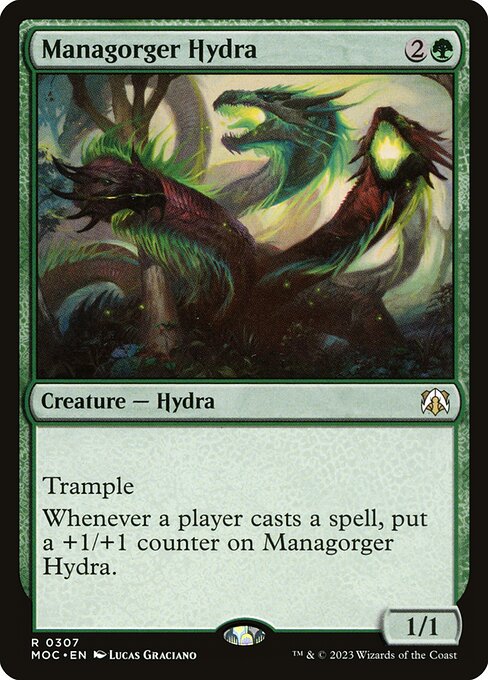
Managorger Hydra
-

Legion Warboss
-
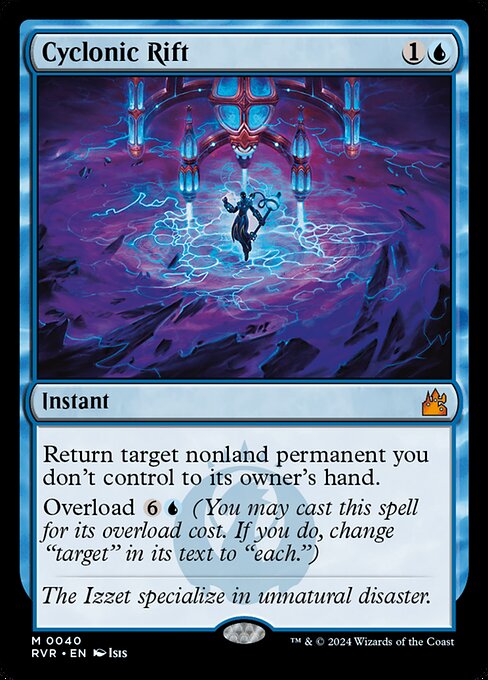
Cyclonic Rift
-
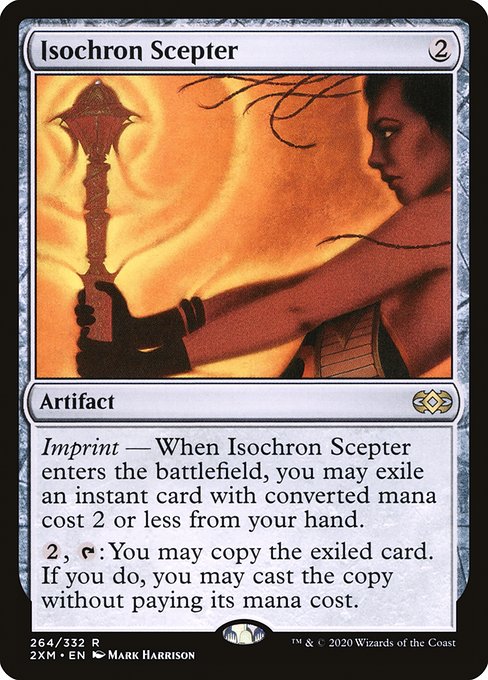
Isochron Scepter
-

Rhystic Study
-
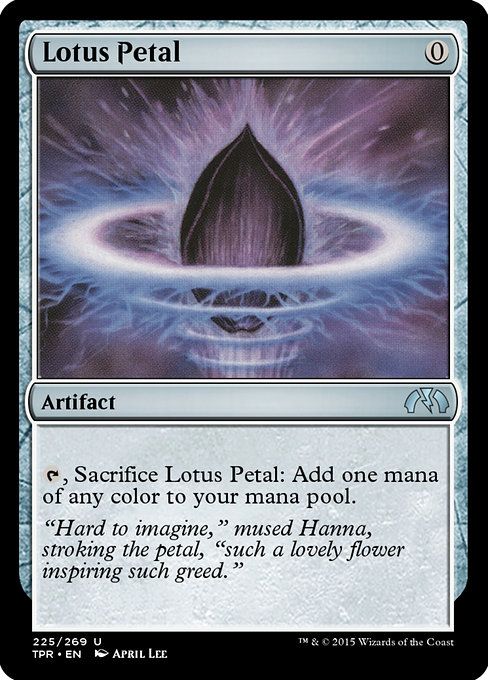
Lotus Petal
-

Jeweled Lotus
-
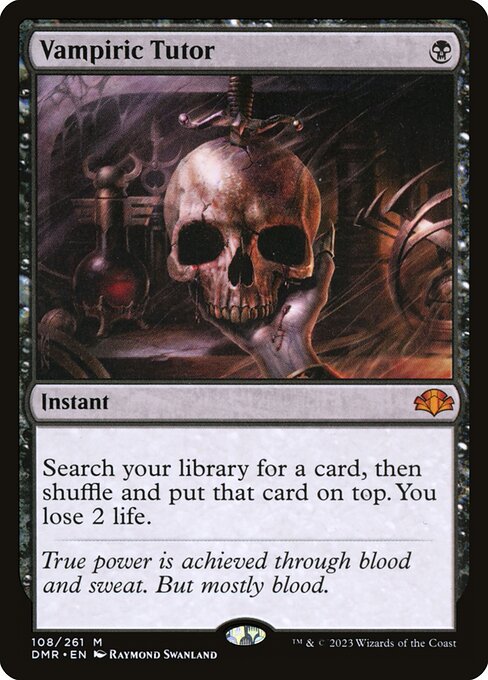
Vampiric Tutor
-

Demonic Tutor
-

Skullclamp
-

Faithless Looting
-
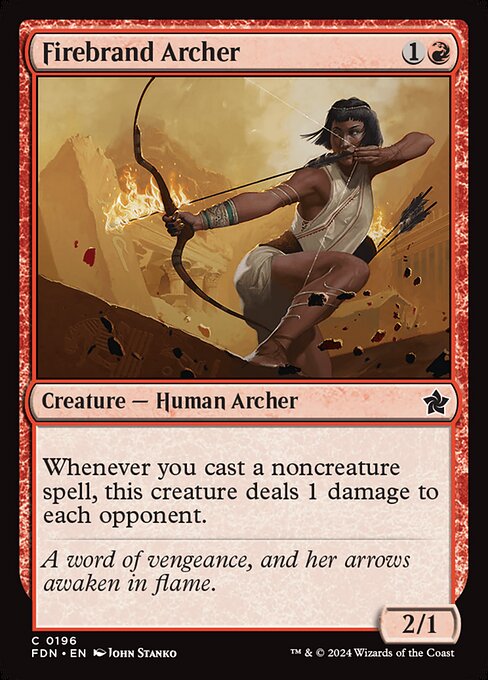
Firebrand Archer
-

Dockside Extortionist
-
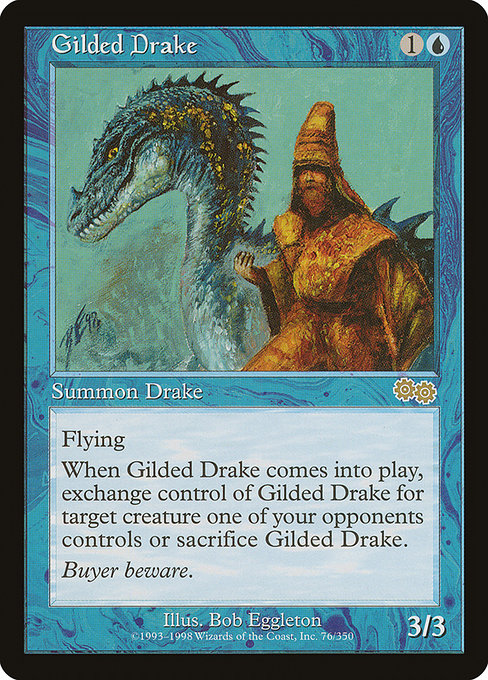
Gilded Drake
-
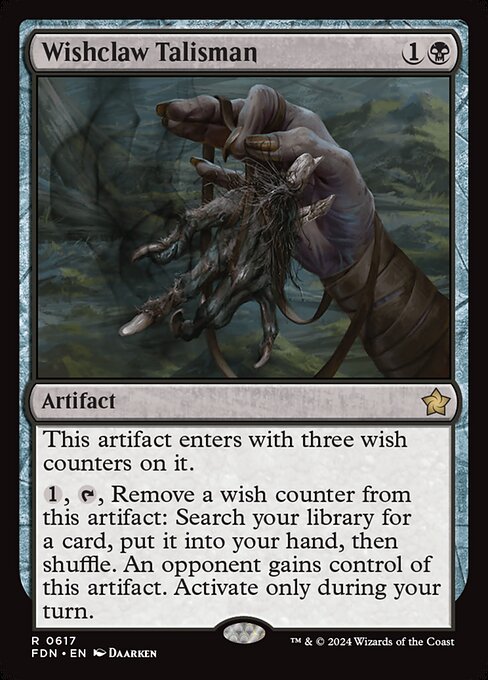
Wishclaw Talisman
-
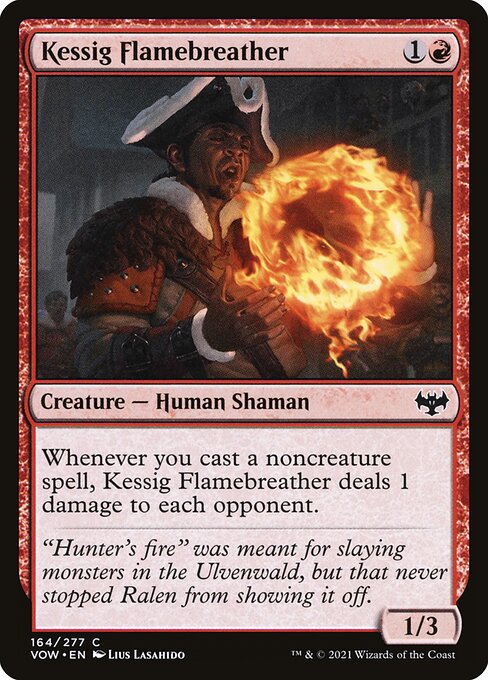
Kessig Flamebreather
-
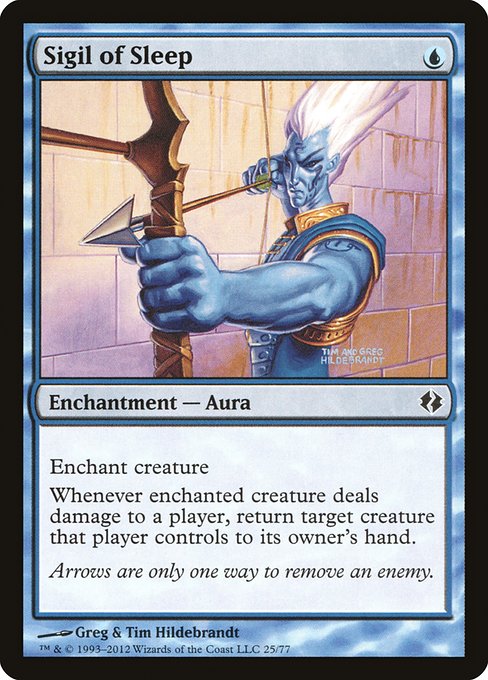
Sigil of Sleep
-
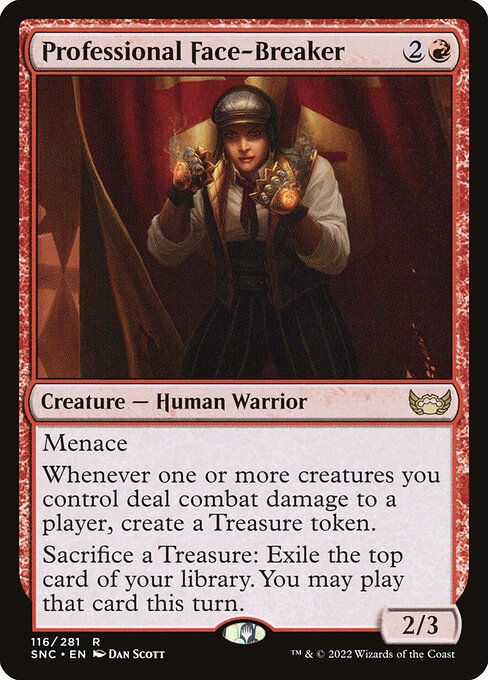
Professional Face-Breaker
-
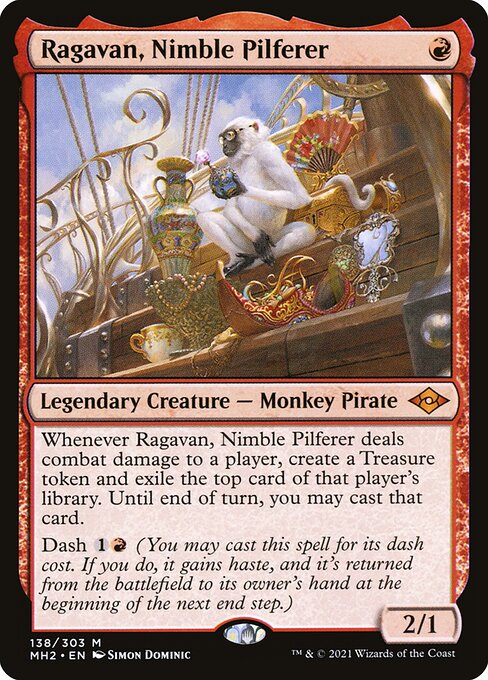
Ragavan, Nimble Pilferer
-

Mana Crypt
-

Sol Ring
-

Steam Vents
Gameplay Summary
The game featured four competitive decks led by Magnus the Red, The Swarmlord, Ghyrson Starn, and Marneus Calgar, each pursuing distinct strategies.
Magnus the Red's player focused on generating numerous creature tokens, using them to fuel powerful spells and maintain board presence.
The Swarmlord deck utilized a combination of mana acceleration and sacrifice synergies, leveraging creatures like Managorger Hydra and Tribute Mage to establish a threatening board.
Ghyrson Starn's deck centered around a tribal pinger strategy, using small creatures and Curiosity effects to draw cards and chip away at opponents.
Marneus Calgar's player aimed to generate infinite mana and leverage the commander’s ability to draw their deck and finish the game with large creatures or disruption spells like Cyclonic Rift. Early turns saw explosive mana acceleration and aggressive board development, with Magnus creating tokens and The Swarmlord establishing a growing Hydra.
Ghyrson Starn’s player used pingers and card draw engines to maintain pressure, while Marneus Calgar cast their commander on turn one and began setting up combo pieces.
Key moments included David’s Cyclonic Rift clearing the board, triggering a flurry of responses and counterspells, and Baal’s tactical use of Isochron Scepter with Cyclonic Rift for board control.
The game featured multiple interactions around Rhystic Study, forcing players to carefully manage resources and responses.
Throughout, players balanced aggression with disruption in a dynamic cEDH environment, with the board state swinging between overwhelming token swarms and combo setups.































![Warhammer 40,000 Upgraded [Commander VS 313] | Magic: the Gathering Commander Gameplay thumbnail](https://i.ytimg.com/vi/C5lxkOuAUw0/sddefault.jpg)


![Warhammer 40k Commander decks [Commander VS 309] | Magic: the Gathering Commander Gameplay thumbnail](https://i.ytimg.com/vi/HZ99iaWk-Tk/sddefault.jpg)









